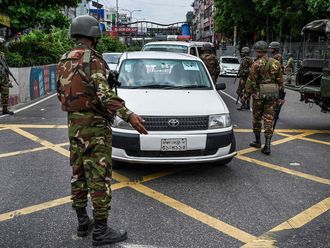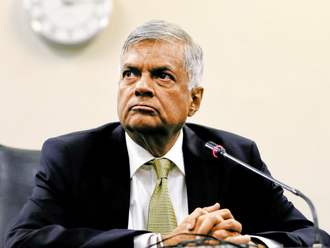
The government has held a meeting of relevant ministries and the Cabinet Office to discuss measures to deal with the declining birth rate. Prime Minister Fumio Kishida's planned policy to deal with the issue is said to be "on an unprecedented scale." An outline of the policy will be compiled by March.
The number of births in 2022 is expected to fall below 800,000 for the first time. As the number of births in 2015 stood at about 1 million, the projected figure for 2022 represents a 20% decrease in just seven years.
If this trend continues, the number of future workers will continue to decline, and society will lose its vitality. The sustainability of the social security system is also in jeopardy, as there will be fewer generations to support social security programs such as pensions, medical care and elderly care.
The government has implemented various measures to support child-rearing. However, the measures have not led to an increase in the birth rate. The first step must be to examine why this is the case.
It is necessary to grasp the thoughts and economic circumstances of the younger generation and remove the problems that are deterring people from marriage and having babies. As for the "unprecedented scale," it is essential to come up with policy items that can be expected to have an effect.
The government has set the improvement of early childhood education and child care services, the promotion of reforms for work-life balance, and financial support as the pillars of new measures.
Among financial support measures, the government is considering expanding child allowances.
Currently, 10,000 yen to 15,000 yen per month is offered for each child up to junior high school age. Within the government and ruling parties, ideas have surfaced to increase the allowance to 30,000 yen for a second child and 60,000 yen for a third and subsequent children, as well as to remove the income limit for parents to receive the allowances.
Many people feel it costs a lot to raise and educate children. The aim of easing the financial burden on households with children is understandable.
But how many more people will want to have children if the existing cash benefits are simply expanded? The effectiveness of this measure is open to question.
Another difficult issue is how to secure the 2.5 trillion yen in financial resources that will be needed to expand child allowances. If the government relies on raising taxes or issuing deficit-covering bonds, the burden on child-rearing households and future generations will only increase.
There are views that young people working as non-regular workers have given up on marriage and having babies because they lack prospects for the future.
Non-regular workers tend to earn less than regular employees and their employment tends to be unstable. Among non-regular workers, short-term workers are not eligible for employment insurance and cannot earn an income while on child-care leave.
It is the government's responsibility to increase opportunities for stable employment and create an environment in which wages are raised. The government must consider comprehensive measures, including securing housing that is comfortable for raising children.










_resources1_16a30b3523c_small.jpg)

